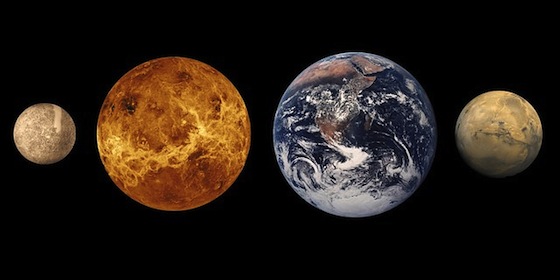
ADVERTISEMENT
My cousin sent me a photo of the Moon and an extra planet that looks green close to the moon...in one photo it was on the left side of the moon and then a while later it was on the right side of the moon. Can any one tell me what it was? She said it was very very early in the morning...sometime after midnight when she took the photos with her phone.
The night sky is endlessly fascinating.I was wondering if that planet was Venus or Jupiter, thank you for answering that question. And thank you GeorgeWilson, I always have that same queston.
Technically, Venus is neither a morning nor evening star, because it's a planet. :-)
Thanks, this is a great column. If Venus is one-third of the way up at twilight, does it stay there or where does it move? It would be neat to see or understand its path when I drive home later at night.
As each evening progresses, Venus sinks lower at the same rate that the moon or sun would. This week it finally sets between 11 Pm and midnight. It will retain roughly its present height, each evening 40 minutes after sunset, throughout the next month -- but will get lower after that.
Forgive a dumb question, but why is Venus sometimes called an Evening Star and sometimes a Morning Star?
Venus alternates between the morning and evening skies in a 19 1/2 month cycle.
Because sometimes it is the most prominent point of light in the morning sky.
From Earth's perspective, Venus and Mercury appear to shuttle back and forth from one side of the Sun to the other, so (unless there is a solar eclipse) we can only view those planets around sunrise and sunset.
I thought Mercury was the hottest planet, not Venus. What is the difference in temperature, and why?
The two planets are intriguingly different. Venus has the hotter surface because, yes, its thick atmosphere traps in the heat. Yet its temperature doesn't change between its day and night. Mercury, though a bit less hot during the day, drops an amazing 1000 degrees at night, and therefore has the greatest day/night variation of any body in the known universe.












